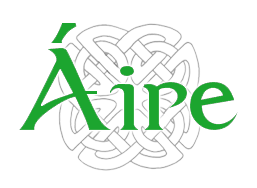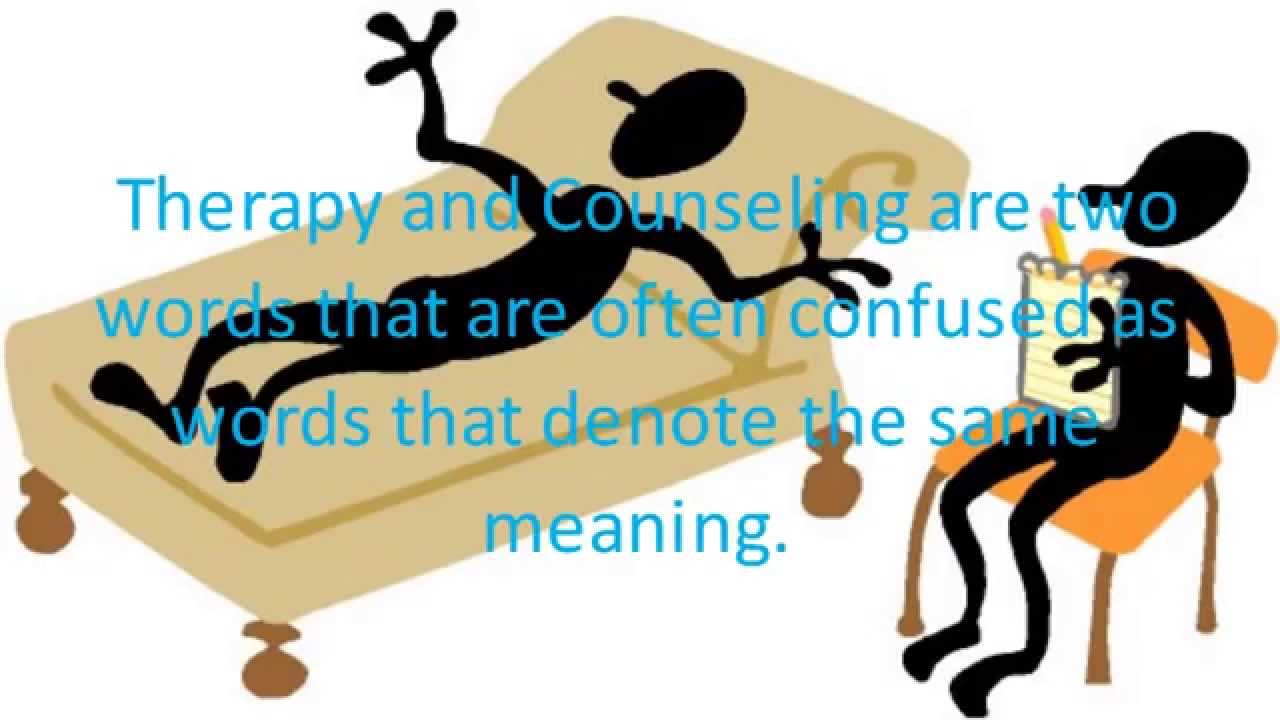Psychotherapy and Counselling: What are they and where do they come from?
Psychotherapy and Counselling: What are they and where do they come from?
Part II.
What Are the Differences between Psychotherapy and Counselling?
In the first part of this topic we took a brief look at the origins of psychotherapy and counselling and we gave some explanations on each of the disciplines. With this in mind, let’s look and see if we can highlight some differences between counselling and psychotherapy.
The simple reality is that, historically, these different titles have probably owed more to the inbuilt prejudices learned during early therapeutic training than they do to actual differences in professional practice (Claringbull, 2010). Could it be that experienced therapists are far less worried about therapeutic style-boundaries than are the less experienced practitioners? Food for thought!
There are many authors out there who subscribe to the thinking that apart from minor differences counselling and psychotherapy are one and the same. For example, Corsini and Wedding (2000), believe that counselling and psychotherapy have equal qualities. In their opinion, “there is nothing that a psychotherapist does that a counsellor does not do” (2000, p.2). Feltham (2000) also promotes this viewpoint when he says that many of the skills and approaches are interchangeable. He also recognizes that there are distinctions between counselling and psychotherapy. Duncan et al,. (1992) also suggest that “there are no differences” except in name. “If you are a professional, who is trying to help somebody with emotional, personal or mental health problems, then you are a psychological therapist and practising what today are often called the talking therapies” (Claringbull, 2010, p.4). Needless to say, in these more enlightened times these therapies increasingly include a lot more treatment methods than just ‘talking the talk’.
Both counsellors and psychotherapists engage in the same behaviours. These include listening, questioning, interpreting, explaining, and so on. However, there are some negligible differences between the two. Counselling is often considered to be short term work with a client, whereas psychotherapy is seen as a medium to long term process. Counselling is usually seen as problem-oriented, while psychotherapy is person-oriented. Psychotherapists are less-directive, go a little deeper and work a little longer with individual cases. In contrast, counsellors are slightly more directive, work more visibly at the surface and work more briefly with individual clients. These examples are not rigidly employed by counsellors and psychotherapists. There is often a mix and match use of various methods, models and tools depending on the specific needs of each client. In any case there are strong similarities between the practice of counselling and psychotherapy. In the overall sense, they may be considered virtually identical procedures because the similarities greatly outweigh the differences.
The general public may be looking on and wondering about the confusion and debate regarding dissimilarities within the psychotherapy and counselling professions. Potential clients may be pondering on how they are going to choose who best might be able to help them. For me, potential clients have enough uncertainty and ambiguity in their lives without us as professionals exhibiting juvenile penchants with these inane debates about “one-upmanship” (one's associates feel inferior and thereby gaining the status of being "one-up" on them).
To give some assistance to anyone who may need to speak to a counsellor/psychotherapist, Christina and I, along with our many colleagues practice under the recognized associations of IACP and IAHIP. These are the two largest counselling and psychotherapy bodies in Ireland today.
Author: Aidan Cahill
References
Adler, A. (1958). What Life Should Mean to You. New York: Capricorn.
Burke, J. (1989). Contemporary Approaches to Psychotherapy and Counselling: The Selfregulation Model. Pacific Grove. CA: Brooks/Cole.
Claringbull, N. (2010). What is Counselling and Psychotherapy? Exeter: Learning MattersLtd.
Duncan, B., Solovey, A., & Rusk, G. (1992). Changing the Rules: A Client-directed Approach to Therapy. New york: Guilford Press.
Feltham, C. (2000). Introduction to Counselling and Psychotherapy. (S. Palmer, Ed.) London: SAGE Publications, Ltd.
Fielder, F. (1950). Comparison of therapeutic relationships in psychoanalytic, non-directive and Alderian Therapy. Journal of Counselling Psychology(14), 436-445.
Korchin, S. (1976). Modern clinical psychology: Principles of Intervention in the Clinic and Community. Oxford: Basic Books.
Kottler, J. A., & Brown, R. (1996). Introduction to Therapeutic Counselling. Pacific Grove, CA: Brooks/Cole.
Schofielf, W. (1964). Psychotherapy: The Purchase of Friendship. Englewood Cliffs, New Jersey: Prentice Hall.
Sommers-Flanagan, J., & Sommers-Flanagan, R. (2004). Counselling and Psychotherapy Theories in Context and Practice. Hoboken, New Jersey: John Wiley & Sons Inc.
Wolberg, L. R. (1995). The Technique of Psychotherapy (4th Rev ed.). New York: Grune & Stratton.
Wosket, V. (1999). The Therapeutic Use of Self. New York: Routledge.

